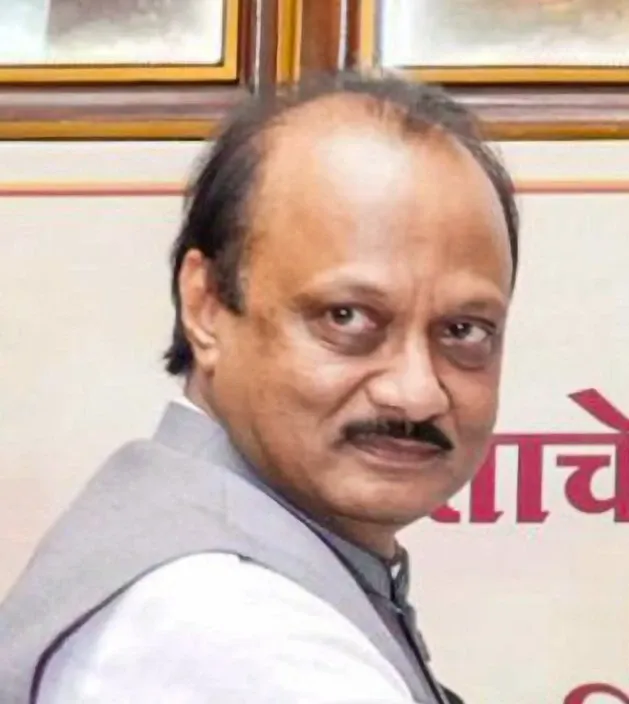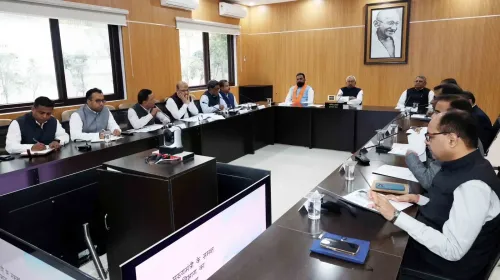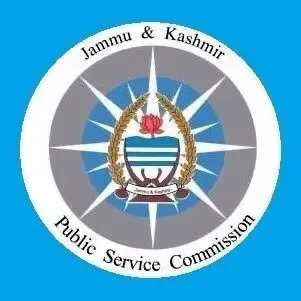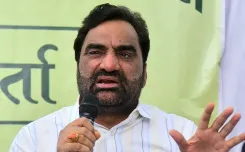Is Maha’s economy truly stable while the government creates new revenue sources?

Synopsis
Key Takeaways
- Maharashtra's economy is stable despite claims of a financial crisis.
- The government is focused on creating new revenue sources.
- Key allocations in supplementary demands aim to enhance infrastructure.
- The fiscal deficit is maintained below the national benchmark.
- Prudent financial planning is central to the state’s strategy.
Mumbai, July 9 (NationPress) The Deputy Chief Minister and Finance & Planning Minister Ajit Pawar addressed the Maharashtra Legislative Assembly regarding the supplementary demands, emphasizing that the government is firmly committed to maintaining fiscal discipline. He assured that both the debt and fiscal burden remain within acceptable limits.
Pawar asserted that Maharashtra’s economy is stable and that the government is diligently working towards generating new revenue streams. He dismissed the opposition’s claims of a severe financial crisis, which were fueled by rising revenue and fiscal deficits along with public debt that could hinder the state’s capacity to raise funds.
According to him, the funds outlined in the supplementary demands will primarily be allocated to grants as per the recommendations of the 15th Finance Commission, along with state contributions for centrally funded development initiatives, including roads, railways, bridges, and metro and underground infrastructure projects. These investments are expected to enhance the state's assets.
Pawar pointed out that, following the Finance Commission's guidelines, the state’s total outstanding liability should not exceed 25 percent of the Gross State Domestic Product (GSDP).
For the budget estimates of 2025–26, Maharashtra’s outstanding liability is anticipated to be 18.87 percent of GSDP, which is significantly below the threshold.
Additionally, the fiscal deficit is capped at 2.76 percent, well under the 3 percent mark. Currently, only Maharashtra, Gujarat, and Odisha have managed to keep their debt ratios below 20 percent.
“The state remains committed to prudent financial planning, effective resource management, and controlled policy implementation, all of which have played a role in bolstering our economic position,” he remarked.
Although supplementary demands amounting to Rs 57,509 crore were introduced in the monsoon session, the actual net financial burden on the state is just Rs 40,645 crore. Out of this, Rs 19,184 crore is earmarked for committed expenses, Rs 34,661 crore for various scheme-related initiatives, and Rs 3,665 crore for centrally sponsored programs.
He asserted that the true net burden of Rs 40,645 crore illustrates Maharashtra’s diligent financial strategy and disciplined governance.
Pawar reiterated that the state’s economic approach, anchored in financial discipline, meticulous planning, and revenue enhancement, has fostered a robust, sustainable, and resilient economy.
He highlighted that significant allocations in the supplementary demands include Rs 11,043 crore as grants according to the 15th Finance Commission, Rs 3,228 crore in stamp duty surcharge refunds, Rs 2,241 crore for a subordinate loan related to underground infrastructure like the Mumbai Metro, Rs 2,183 crore for margin money loans for cooperative sugar mills via the National Cooperative Development Corporation, Rs 2,150 crore as interest-free special assistance from the central government for capital expenditure (spread over 50 years), Rs 2,097 crore from NABARD for unfinished irrigation projects and upgrades to distribution systems, and Rs 1,000 crore for planning the Simhastha Kumbh Mela.










